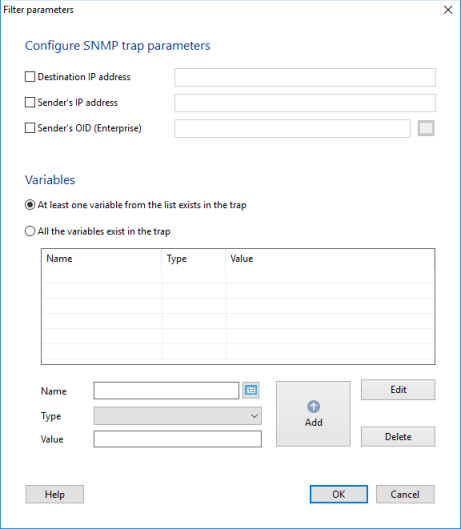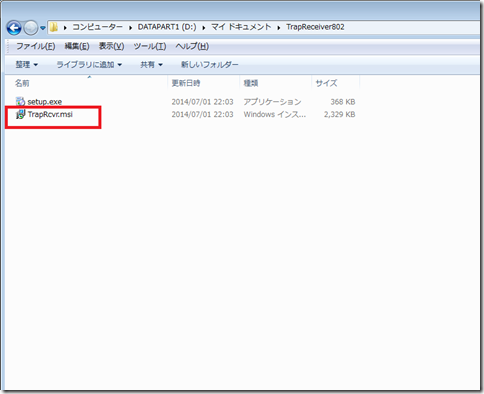

Snmp trap receiver unix how to#
The following sections describe how to install Net-SNMP on a Linux device and how to configure Net-SNMP: Use the following menu options to navigate the SL1 user interface: To view a pop-out list of menu options, click the menu icon ().
Snmp trap receiver unix software#
Log Analyzer is built to analyze event messages generated by your SNMP-enabled network device agents, and when an event or issue occurs, the device can immediately send an alert to the tool, which logs trap details, time, IP address, hostname, and. Cronjob - The software utility cron is a time-based job scheduler in Unix-like computer operating systems. Installing and Configuring Net-SNMP for Linux. SCOM 2012 VSAE Extend Unix Class For Dynamic Grouping. I would like to show what it takes to get SNMP traps up and running. I would try to debug the problem with the following steps: SolarWinds Log Analyzer serves as a powerful SNMP trap receiver, offering the quick insights needed for effective network device troubleshooting. In addition to the features mentioned, Microsoft integrated a SNMP trap receiver right into SCOM and right there the confusion starts. The communication is initialized by the Nexus device and OpenNMS is the listener for the traps. One or more object identifiers (OIDs) can be given as arguments on the command line.
You can do this using a network snooper command as root: tcpdump -vv -A -T snmp -s 0 ' (dst port 161) or (dst port 162) and (host
So trying to debug the problem not getting SNMP Traps with snmpget or snmpwalk does not help in the first place. snmptrap is an SNMP application that uses the SNMP TRAP operation to send information to a network manager. First, confirm the receiver is getting the traps sent through. Your monitoring application with OpenNMS needs to have a listener running on port 162/UDP, called SNMP Traps or SNMP Informs. The second one is, your Nexus device can send messages to your monitoring application.

The Nexus device has an SNMP agent running which is listening on port 161/UDP. This is what you do when you issue a snmpwalk or snmpget command. The monitoring application sends requests to your Nexus device. Ok, first of all, there are two concepts with SNMP, the first one is polling for data to get data from sensors or discover elements from your device.


 0 kommentar(er)
0 kommentar(er)
